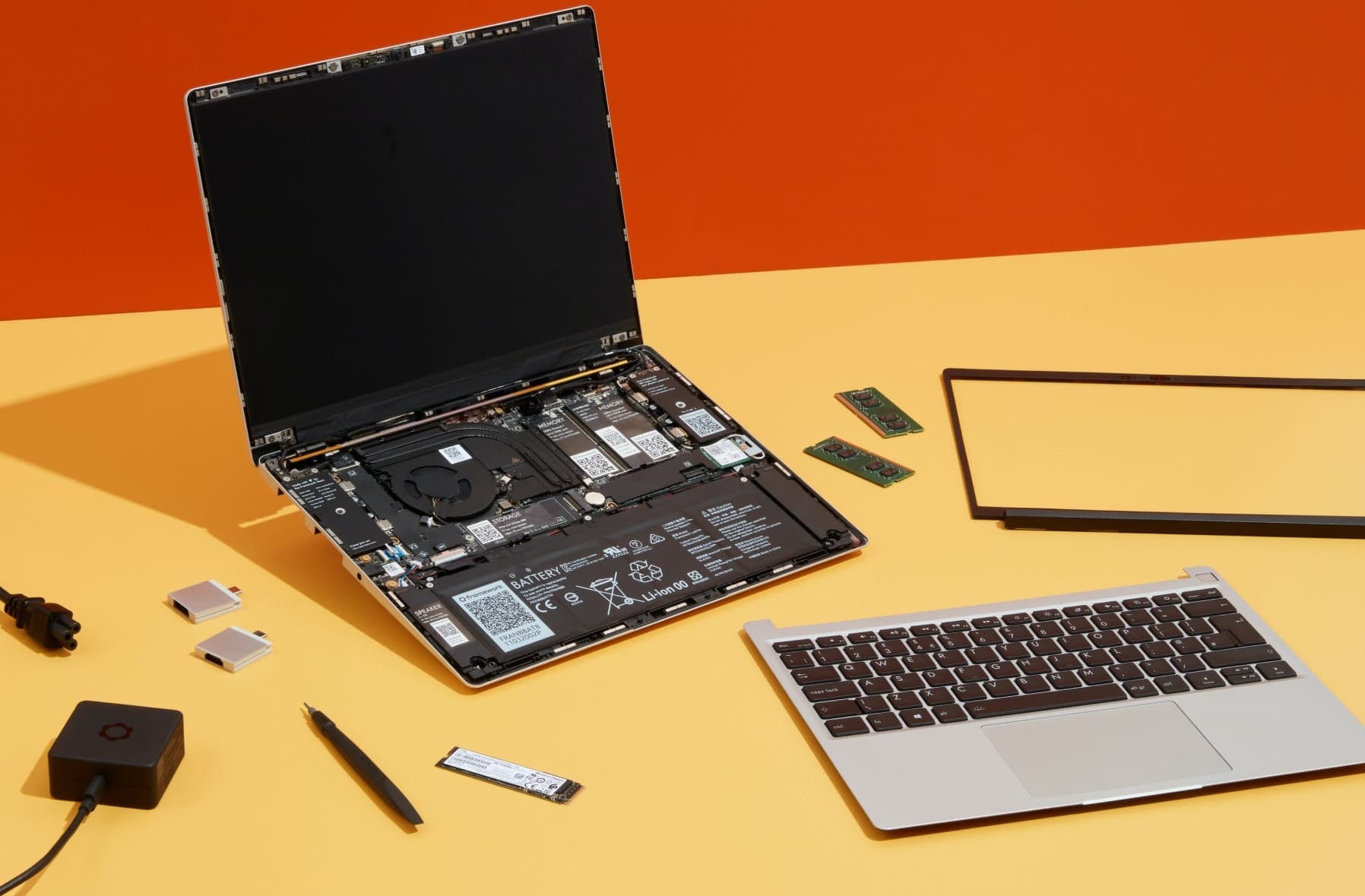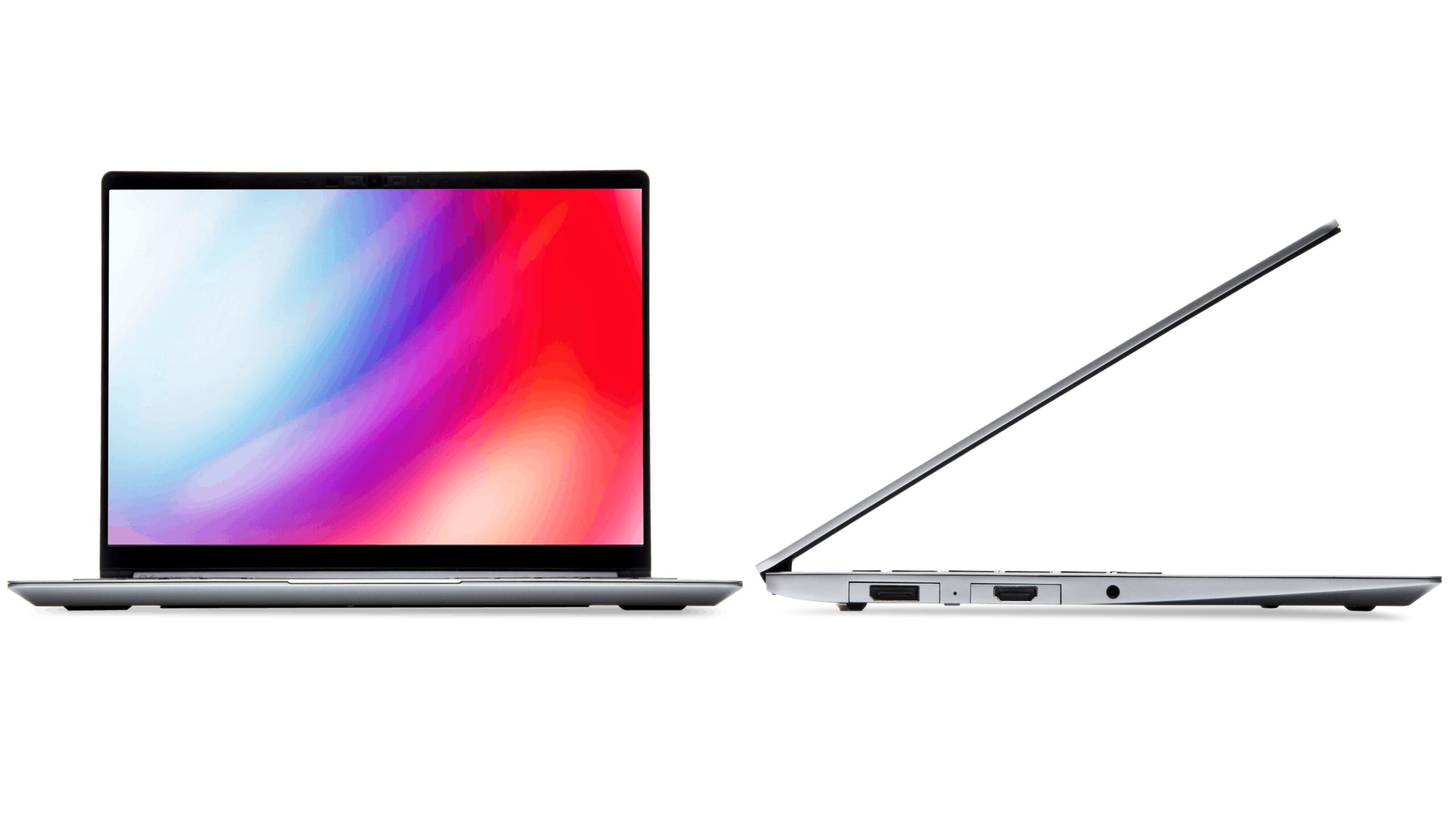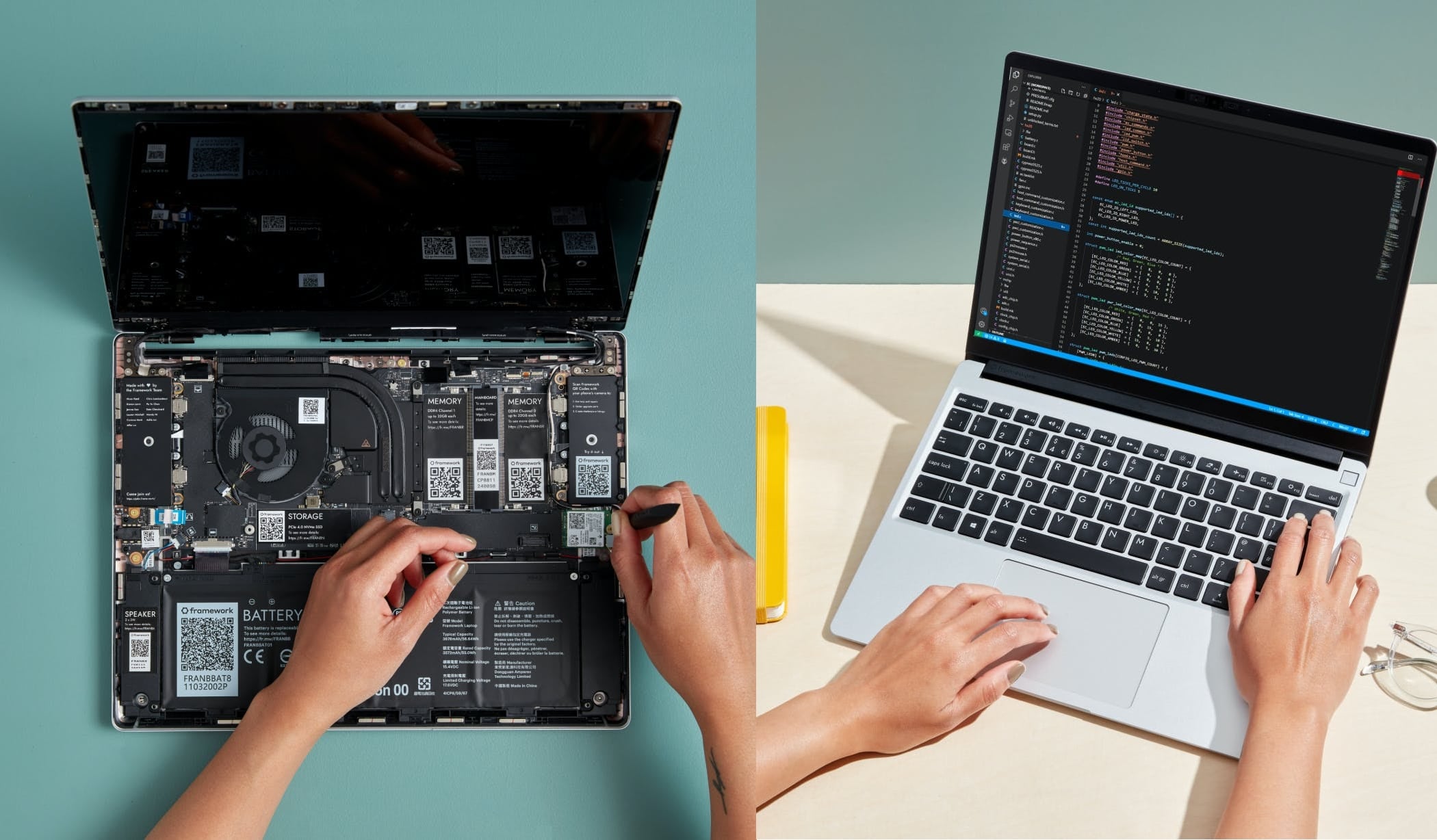
Apparently Laptop Framework It is a normal laptop, like any other. But the truth is that it is quite special, and not only because you can install GNU/Linux distros on it, like Ubuntu, but because of other secrets it hides that should serve as an example for other brands of laptops.
Here we are going to break down what they are the characteristics of Framework Laptop and the advantages and disadvantages that it can have compared to other notebooks with similar characteristics.
Technical characteristics of Framework Laptop
As for the technical characteristics of the Framework Laptop, you will find a computer with many possibilities to choose the configuration that best suits you:
- CPU:
- Intel Core i5-1135G7 (8M Cache, up to 4.20 GHz)
- Intel Core i7-1165G7 (12M Cache, up to 4.70 GHz)
- Intel Core i7-1185G7 (12M Cache, up to 4.80 GHz)
- GPU:
- Integrated Iris Xe Graphics
- SO-DIMM RAM Memory:
- 8GB DDR4-3200 (1x8GB)
- 16GB DDR4-3200 (2x8GB)
- 32GB DDR4-3200 (2x16GB)
- Storage:
- 256GB NVMe SSD
- 512GB NVMe SSD
- 1TB NVMe SSD
- Screen:
- 13.5” LED LCD, 3:2 aspect ratio, 2256×1504 resolution, 100% sRGB, and >400 nits
- Battery:
- 55Wh LiIon with 60W USB-C adapter
- Webcam:
- 1080p 60fps
- OmniVision OV2740 CMOS sensor
- 80° diagonal f/2.0
- 4 lens elements
- Audio:
- 2x Stereo speakers and integrated microphone. With 2W MEMS type transducers.
- Keyboard:
- Backlit
- 115 keys
- Eligible language
- Includes 115×76.66mm high-precision touchpad
- Connectivity and ports:
- 6 WiFi
- Bluetooth 5.2
- 4x expansion modules for user-swappable ports. Among them are the modules:
- USB-C
- USB-A
- HDMI
- DisplayPort
- MicroSD
- And more
- 3.5mm combo jack
- Includes fingerprint sensor
- Operating System:
- Microsoft Windows 10 Home
- Microsoft Windows 10 Pro
- You can also install your own GNU/Linux distribution on your own. In fact, it works like a charm with Ubuntu.
- Integrated:
- color can be choose
- Allows easy shell and frame replacement for other colors
- Dimensions and weight:
- 1.3kg
- × × 15.85 296.63 228.98 mm
- Guarantee: 2 years
There is a cheaper DIY version, and that it does not come with certain elements already included, but will allow you to choose the favorite among more available options and you can assemble them yourself. Instead, everything else is identical to the normal model:
- RAM:
- 1x 8GB DDR4-3200
- 2x 8GB DDR4-3200
- 1x 16GB DDR4-3200
- 2x 16GB DDR4-3200
- 1x 32GB DDR4-3200
- 2x 32GB DDR4-3200
- Storage:
- WD BLACK™ SN750 NVMe™ SSD 250GB
- WD BLACK™ SN750 NVMe™ SSD 500GB
- WD BLACK™ SN750 NVMe™ SSD 1TB
- WD BLACK™ SN750 NVMe™ SSD 2TB
- WD BLACK™ SN750 NVMe™ SSD 4TB
- WD BLACK™ SN850 NVMe™ SSD 500GB
- WD BLACK™ SN850 NVMe™ SSD 1TB
- WD BLACK™ SN850 NVMe™ SSD 500GB
- WD BLACK™ SN850 NVMe™ SSD 2TB
- Wireless card:
- Intel® Wi-Fi 6E AX210 vPro® + BT 5.2
- Intel® Wi-Fi 6E AX210 without vPro® + BT 5.2
- Power adapter:
- You can choose the one you prefer.
- Operating System:
- You can choose the one you prefer. Windows 10 Home and Pro you have them to download.
Advantages and disadvantages
Between the advantages of the Framework laptop, and that other brands should copy, even more so taking into account the new European regulations, are:
- It is a very easy laptop to repair as it has a modular structure. Thus, if any component breaks, you only have to change everything because it is welded or integrated.
- Highly customizable and suitable for upgrading hardware.
- Each hardware component includes a QR code to read with your mobile device and obtain information about the part, access documentation, replacement and update guides, manufacturing data, etc.
- Hardware switches included to improve privacy and disconnect, for example, the webcam.
- 50% of the aluminum used is recycled, as is 30% of the plastic, as well as all recyclable packaging materials and efforts have been made to reduce CO2 emissions to make it more sustainable.
However, it also has some disadvantages:
- Not too much freedom to choose the CPU.
- Integrated GPU, which can be a problem for gaming.
- You have no more options to choose larger screen sizes.
- And, the most important of all cons is its price. The cheapest version, DIY, is about €932, while the assembled and more expensive version costs around 1.211€.


I wanted to comment a little on the article, which seems correct to me, although a bit concise. I explain. The most striking feature of the Framework, in addition to the ease of substitution of its components, is the connectivity of the laptop. You are not limited to the number of USB, DisplayPort, HDMI ports that could be on the starter board, since if one port or the other is needed, it is already running. Another advantage is that the development of these ports is free and open source, and the manufacturer freely distributes the STL file and the specifications of the interchangeable ports so that the community can develop other possibilities. On the other hand, although it is true that the number of configurations may seem limited, the reality (to this day) is different, there is enough variety to satisfy many (although not all) user profiles. It is not a gaming laptop, and it is not a low or mid-range laptop either. We would agree that the price is somewhat high, although its modularity makes it a product with a much longer journey than a traditional laptop... if the company doesn't go under.
Its biggest disadvantage, without a doubt, is that it is not yet available in Spain.